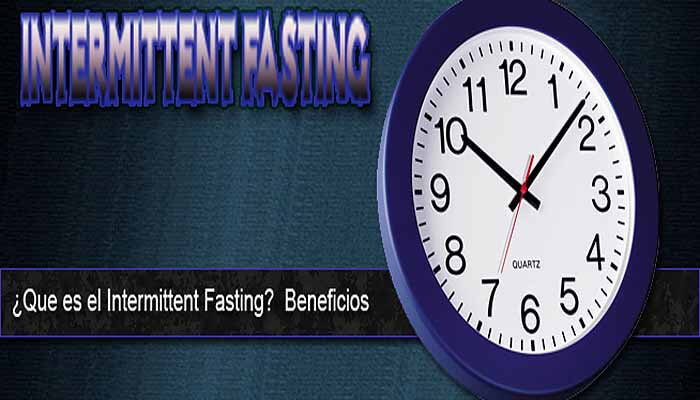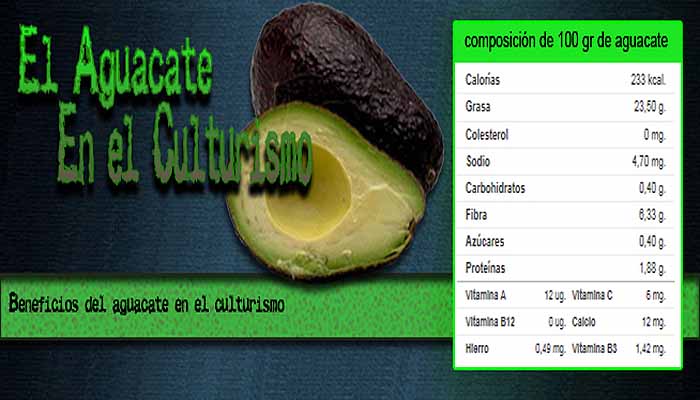Pre and Post-workout Nutrition
Is there a better way to consume nutrients to maximize muscle and strength gains? In this article we will explain the importance of pre and post workout nutrition.
If you are a bodybuilder, powerlifter, strongman or a normal athlete, there is an established wisdom when it comes to eating and training that never fails – you need to consume protein with a high biological value (approximately 2-3g / per kilo of weight lean body), plus a diet rich in nutrients (fat + carbohydrates + protein) that meet the caloric needs of a progressive resistance training.
The problem of 3 meals a day
The goal of any diet is to provide the food or macronutrients necessary to support the athlete’s goals. The determination of the amount of these macronutrients is very individualized and will always depend on the preferences of the athlete. Not all of us eat 6 meals a day, there are people who consume 3-4 and even less.
So, really What’s the problem with dividing our diet into three meals, like our parents did when we were little?
There is a small glaring problem, and that is that trying to eat the number of calories needed by some athletes in three sessions is almost impossible – it is much easier and more comfortable for them to divide them into smaller portions. Imagine if we only ate 3 times a day with a 3600 calorie diet, we would have to consume 1200 calories per meal …

Understanding protein synthesis a little
Muscle protein synthesis has shown high peaks approximately 30 minutes after ingestion of protein, staying elevated for 90 minutes, and then falling to low levels for four hours even though we have amino acids remaining in blood levels. There appears to be a cut-off point whereby muscle protein synthesis simply stops despite a continuous supply of amino acids. So what to do? Nothing. You have a fixed amount of food to eat during the day, and you have to arrange it in the most convenient way for you. What you do have to remember is that the pre-workout meal is one of the most important of the day to maximize protein synthesis. It’s worth remembering that the main stimulus for muscle protein synthesis is resistance training, not the protein itself.
The goal of any training nutrition protocol is to maximize muscle protein synthesis and minimize protein breakdown. In other words, the goal is to increase anabolism and prevent catabolism.
Post-workout vs Pre-workout meal
Let’s start with the most talked about, post-workout food.
It’s a mantra now: post-workout, you have to consume fast-acting carbohydrates and protein within a 30-minute window.
This mixture of insulin and amino acid spikes is transported directly to the muscles. Logically this makes sense, but unless you trained on an empty stomach first thing in the morning, your insulin and plasma amino acid levels will still be high enough after the previous meal to prevent protein breakdown.
Just 6 g of amino acids and 35 g of carbohydrates is enough to maintain high insulin levels for an hour after exercise.
It is the pre-workout meal that deserves our attention, not the post-workout meal.
A meal composed of protein, carbohydrates, and even fat (which does not affect insulin, as many have said times) consumed approximately one hour before training will provide the necessary insulin and substrates to maximize anabolism and prevent catabolism.
An example of a pre-workout meal could be: 100 grams of brown rice + 300 grams of chicken / meat / or fish + 100 grams of avocado.
About half an hour after the session, when the amino acids in the blood and the insulin levels have decreased, take a protein shake of whey so that the synthesis of muscle protein begins again.
Advanced concepts
We’ve got the basics covered: how we eat during the day and the way we eat around our training:
- Should we consume large amounts of leucine to increase protein synthesis? As much as leucine (one of the three branched chain amino acids) by itself stimulates protein synthesis, which is really relevant in a fasting state, the rest of the time, eating large amounts of protein daily in our diet, we will have enough leucine. This goes for the other two BCAAs (isoleucine and valine) as well – about 30-50g daily.
- Is it smart or just foolish to take BCAAs every 5 hours? Most of the studies done on BCAAs have been done with the body in a fasted state and in people with a very low total protein intake – anything helps in this situation!
- What is the ideal nutritional protocol? After you have determined the macronutrient intake you need, you can decide the best way to divide it. If you work 8-10 hours a day and cannot afford to eat 6-7 times a day, try eating 4, as long as you meet the total calories.
- Establish daily needs – the amount of protein, carbohydrates and fats needed for your goal. You may need to adjust the figure after a couple of weeks. If you want to gain weight to reach your goal and you cannot do it with your current diet, increase 250 calories and monitor the weight for two weeks. Similarly, cut 250 calories if you need to lose weight and are not making progress following your initial assumption.
- Load up your food intake to coincide with breakfast and the pre-and post-workout period. If you follow diets like intermitten fasting, just worry about the last two.




